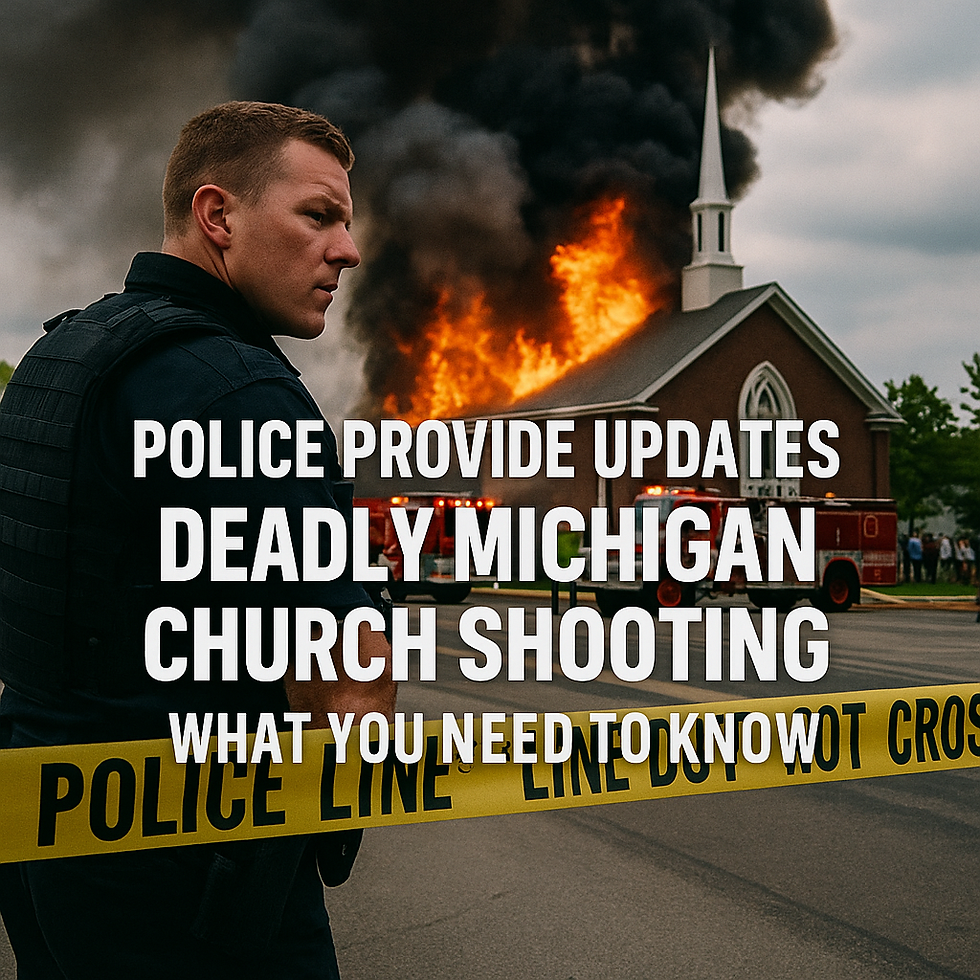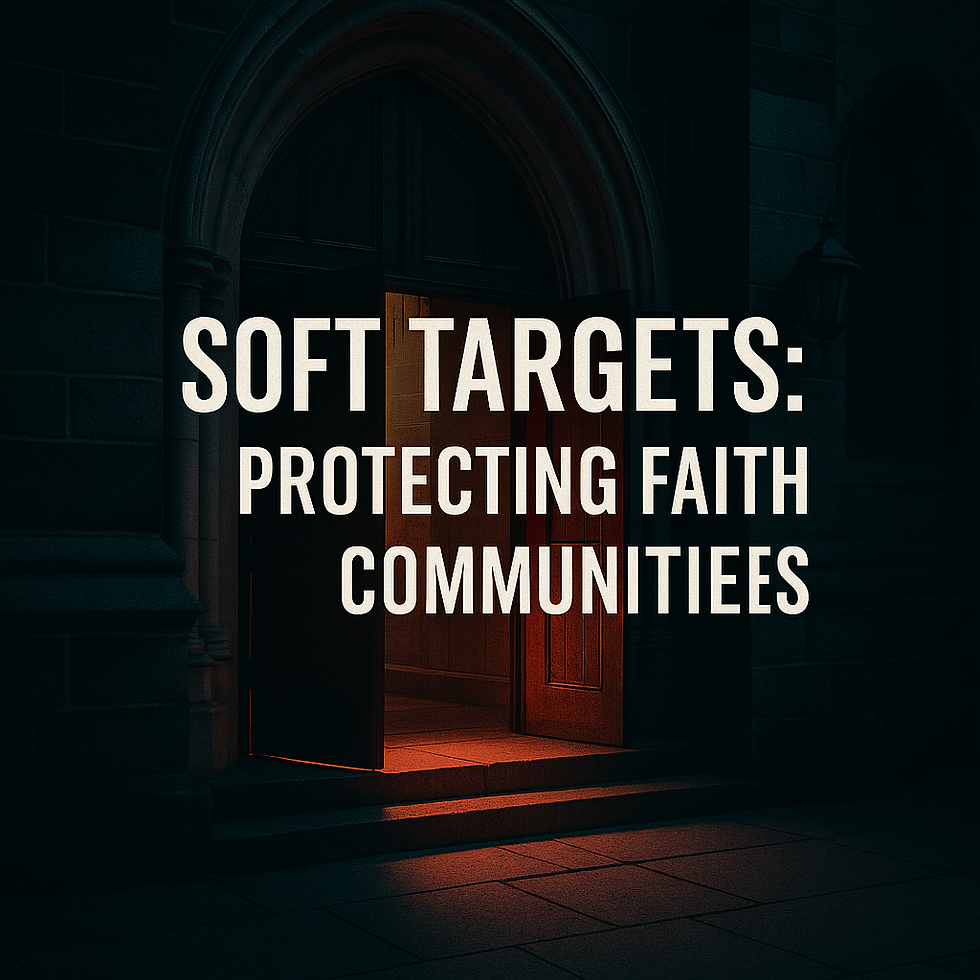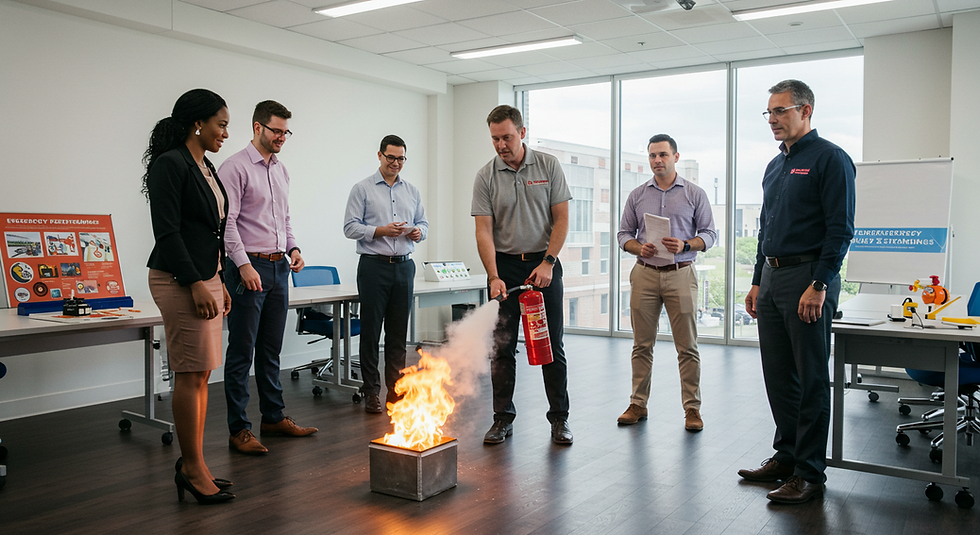Police Provide updates On Deadly Michigan Church Shooting What You Need To Know
- CrisisWire

- Sep 29
- 2 min read
In a tragic Sunday morning attack at a Church of Jesus Christ of Latter-day Saints in Grand Blanc Township, Michigan, law enforcement confirmed four people were killed and eight wounded after a gunman rammed a vehicle into the building, opened fire, and set the structure ablaze. (Reuters)
Key Details and Police Updates
Suspect neutralized quickly Officials identified the assailant as Thomas Jacob Sanford, 40, a former U.S. Marine from Burton, Michigan. He was shot and killed by responding officers after the attack unfolded. (Reuters)
Attack method involved arson and explosives Investigators believe Sanford used gasoline as an accelerant to set the fire. Explosive devices were also recovered from the scene.
Victims and casualties Four people were confirmed dead (not including the perpetrator). Eight others were injured — some by gunfire, others by smoke inhalation. (AP News)
All victims accounted for / ongoing search Though early statements indicated some might be unaccounted for, police later confirmed that all known worshippers have been accounted for, but the ruins are still being searched.
Motive under investigation Authorities are treating the attack as a targeted act of violence. Motive remains unconfirmed, though federal investigators including the FBI are reviewing possible anti-Mormon animus.
What This Incident Reveals
Soft targets remain exploited Places of worship are frequently left exposed. As discussed in Access Control in Sanctuaries, many churches lack hardened doors, visitor policies, and controlled access. Warren Pulley’s book Locked Down expands on why every unchecked visitor is a risk.
Rapid escalation with multiple threat vectors This attack combined vehicle ramming, gunfire, and arson. Similar convergent threats were examined in The Threat Assessment Handbook, which shows how layered planning prevents cascading failures.
Importance of speed and layered response Authorities engaged the shooter quickly, but the fire and chaos complicated response. Effective preparedness means integrating fire suppression, evacuation, and mass communication — themes explored in Mass Notification Systems on Campus: Why They Still Fail — and How to Fix Them.
Leadership responsibility in prevention Church and campus leaders must prepare for crisis scenarios. The Prepared Leader emphasizes that leadership liability now includes failure to anticipate violent intrusions.

What Leaders Should Do Now
Review access control for houses of worship No propped-open doors, enforce visitor check-in, and assess vehicle access points.
Simulate multi-vector attack drills Religious institutions, schools, and hospitals should train for combined shooter-fire-explosive scenarios.
Coordinate with first responders ahead of time Pre-established training with law enforcement, fire, and EMS ensures rapid coordination.
Strengthen post-incident policies Define procedures for evidentiary protection, family reunification, and trauma support.
Build communication resilience Mass notification systems must be tested frequently. See Business Continuity Isn’t Just for Fortune 500s: Why SMBs Must Prepare for lessons adaptable to congregational continuity.
Contact CrisisWire at crisiswire@proton.me for tailored access control audits, threat assessments, and continuity planning for schools, churches, businesses, and government institutions.
Read more:
Follow CrisisWire:





Comments